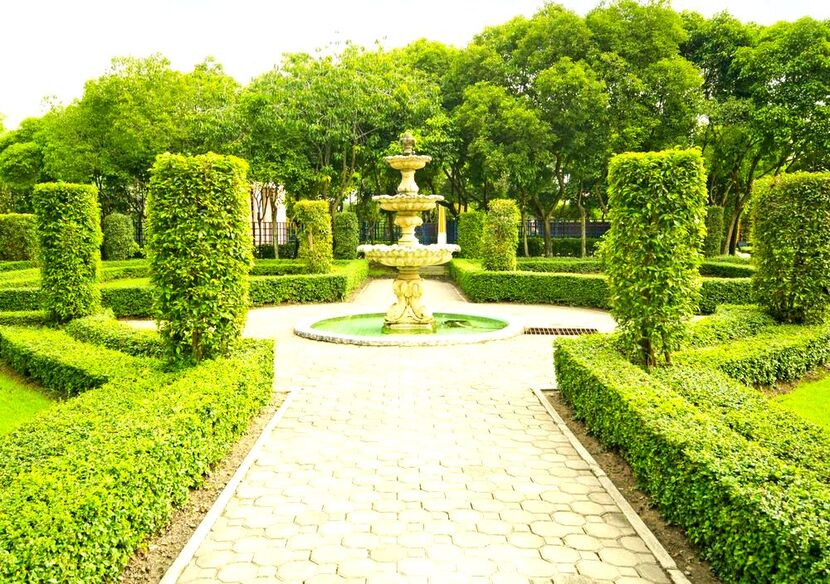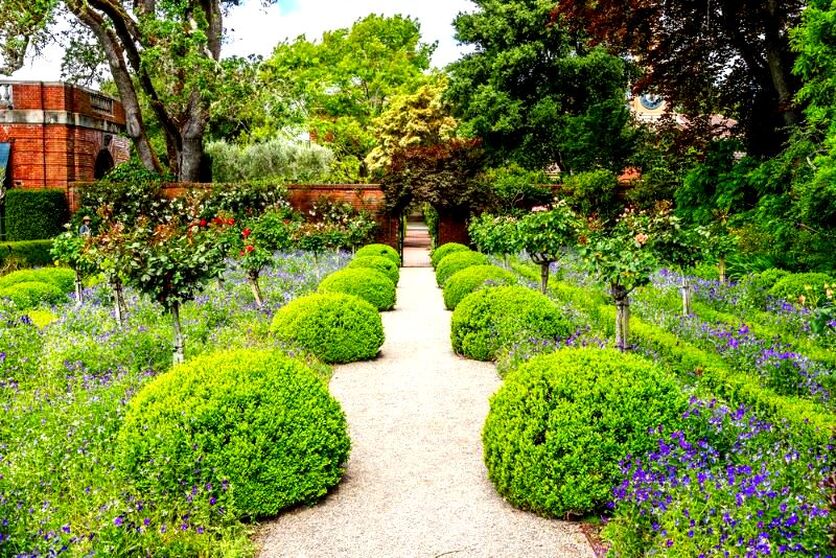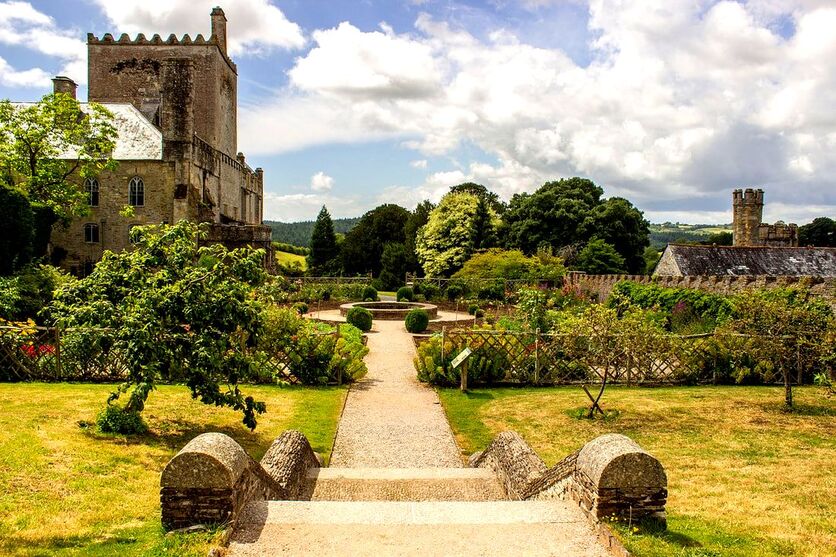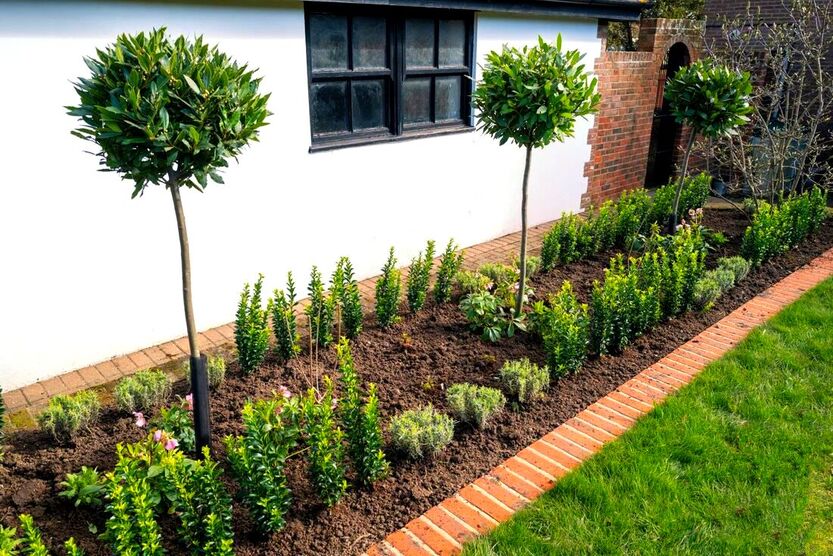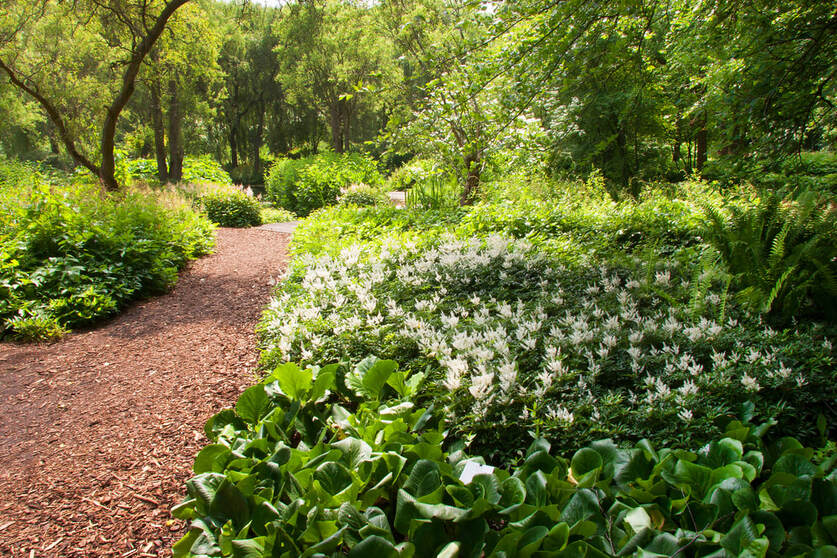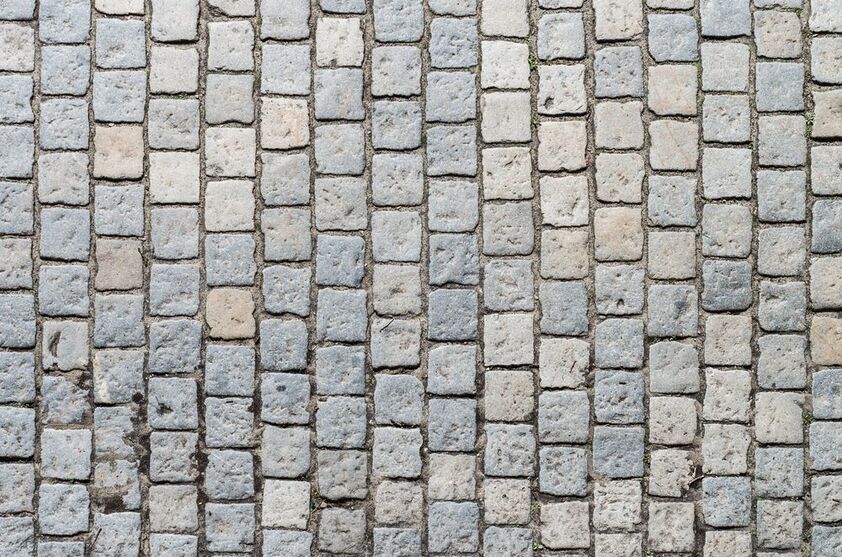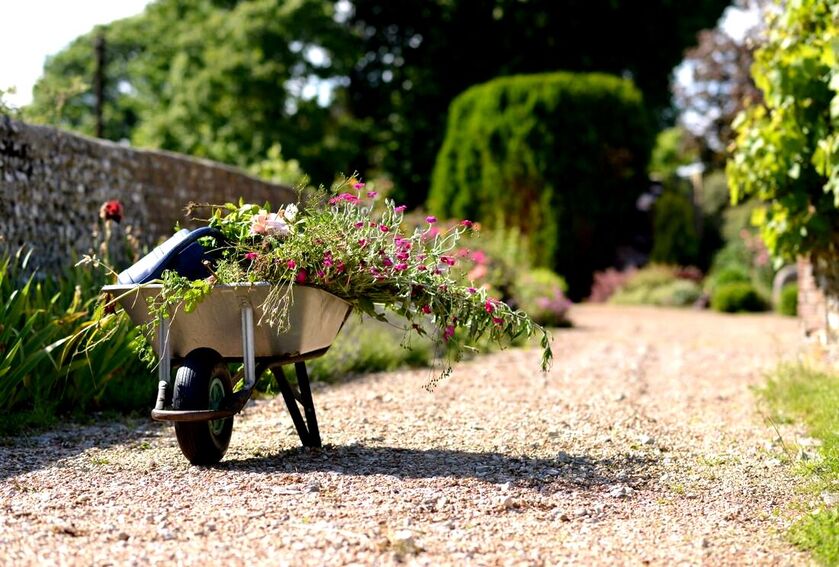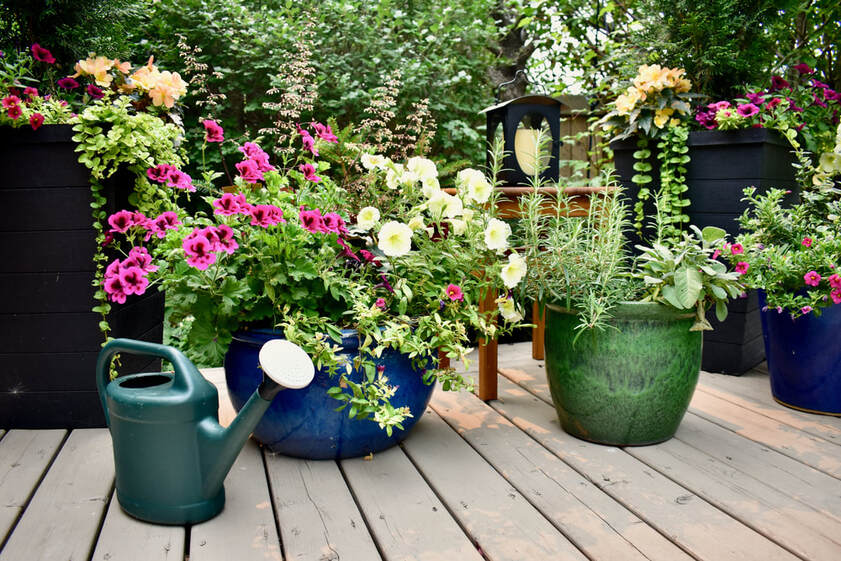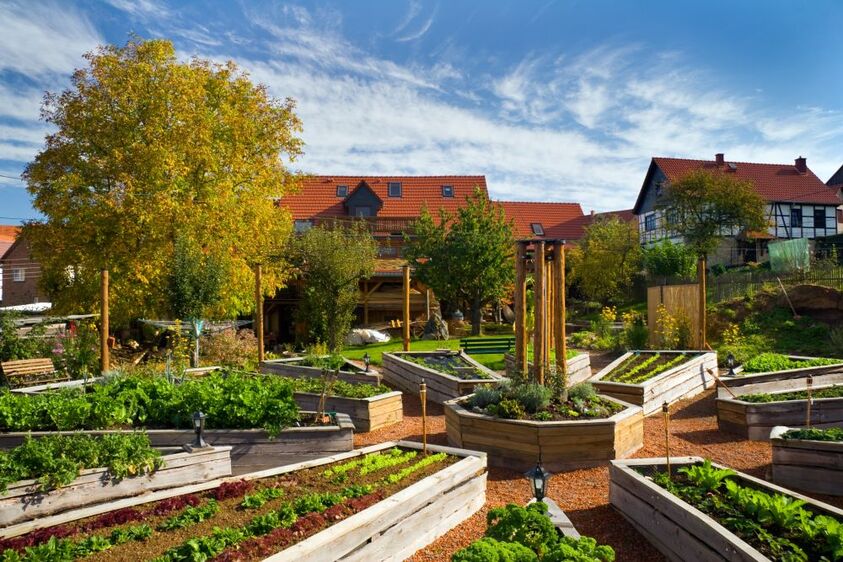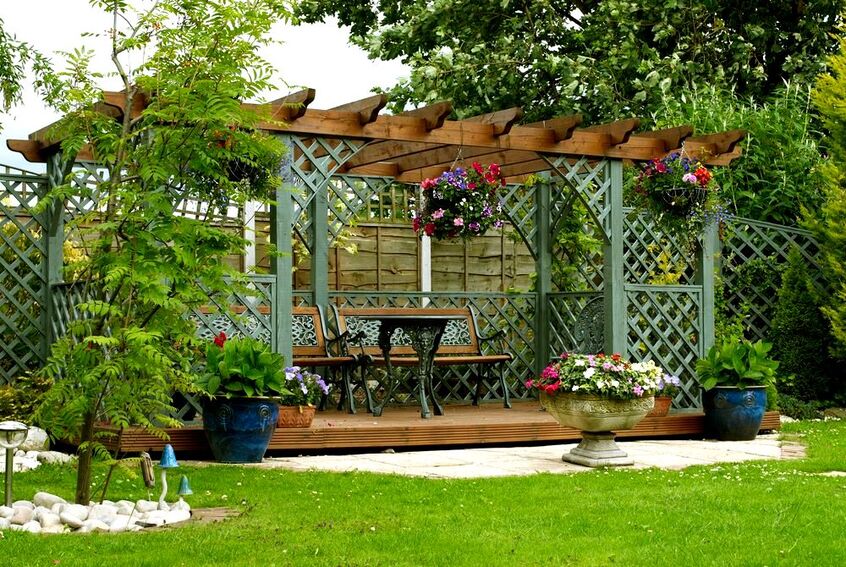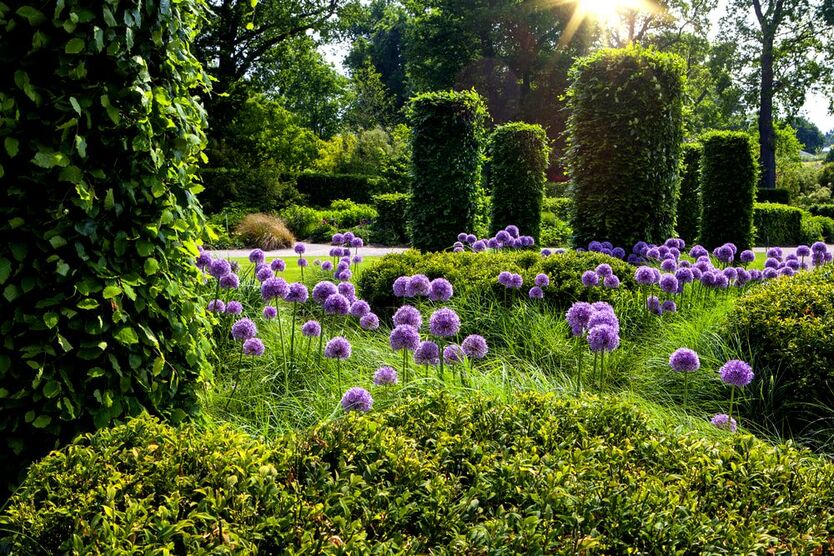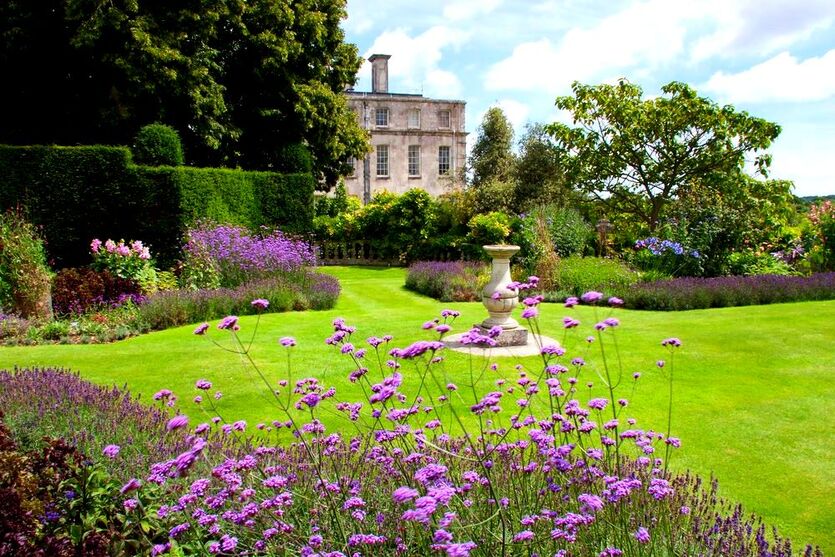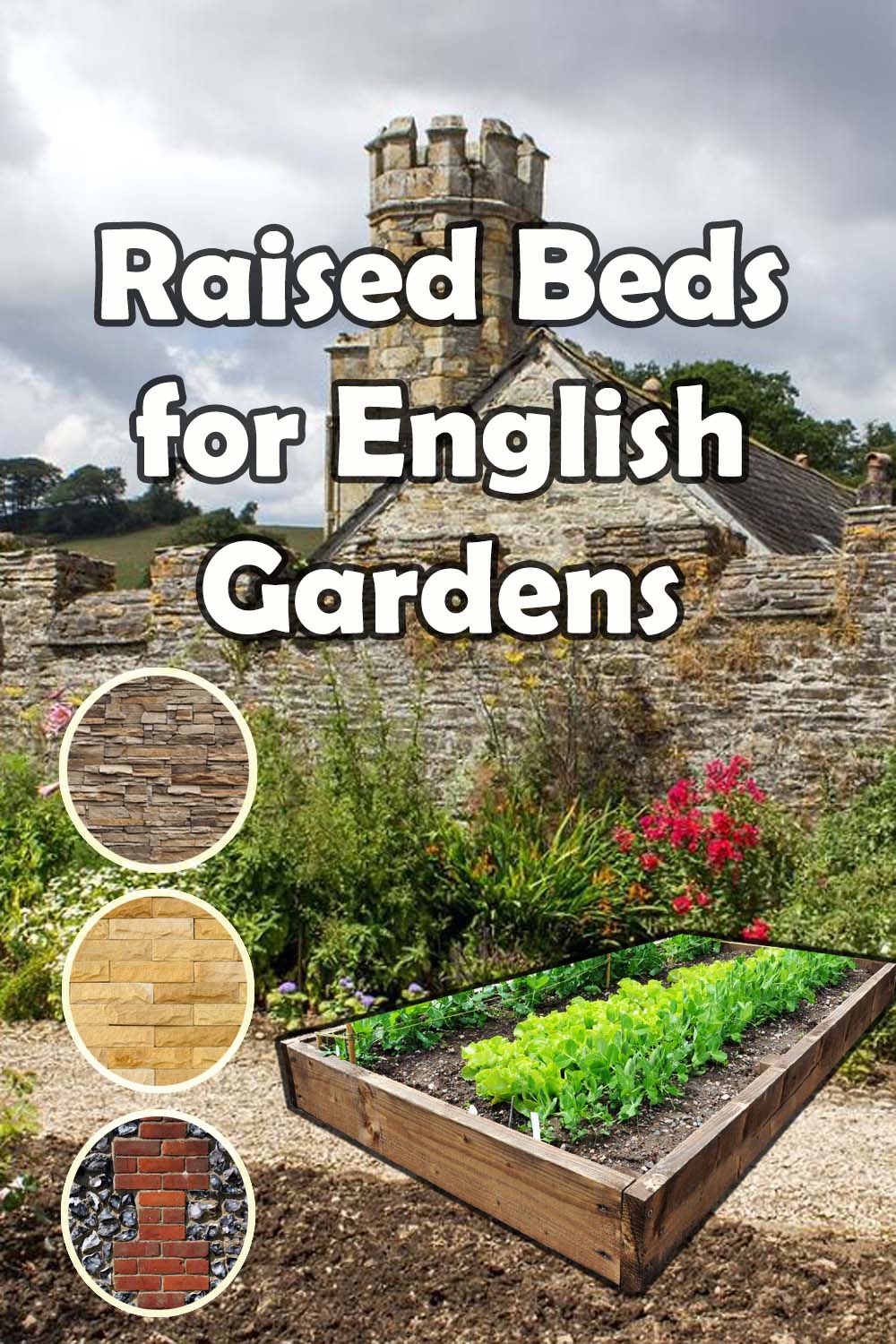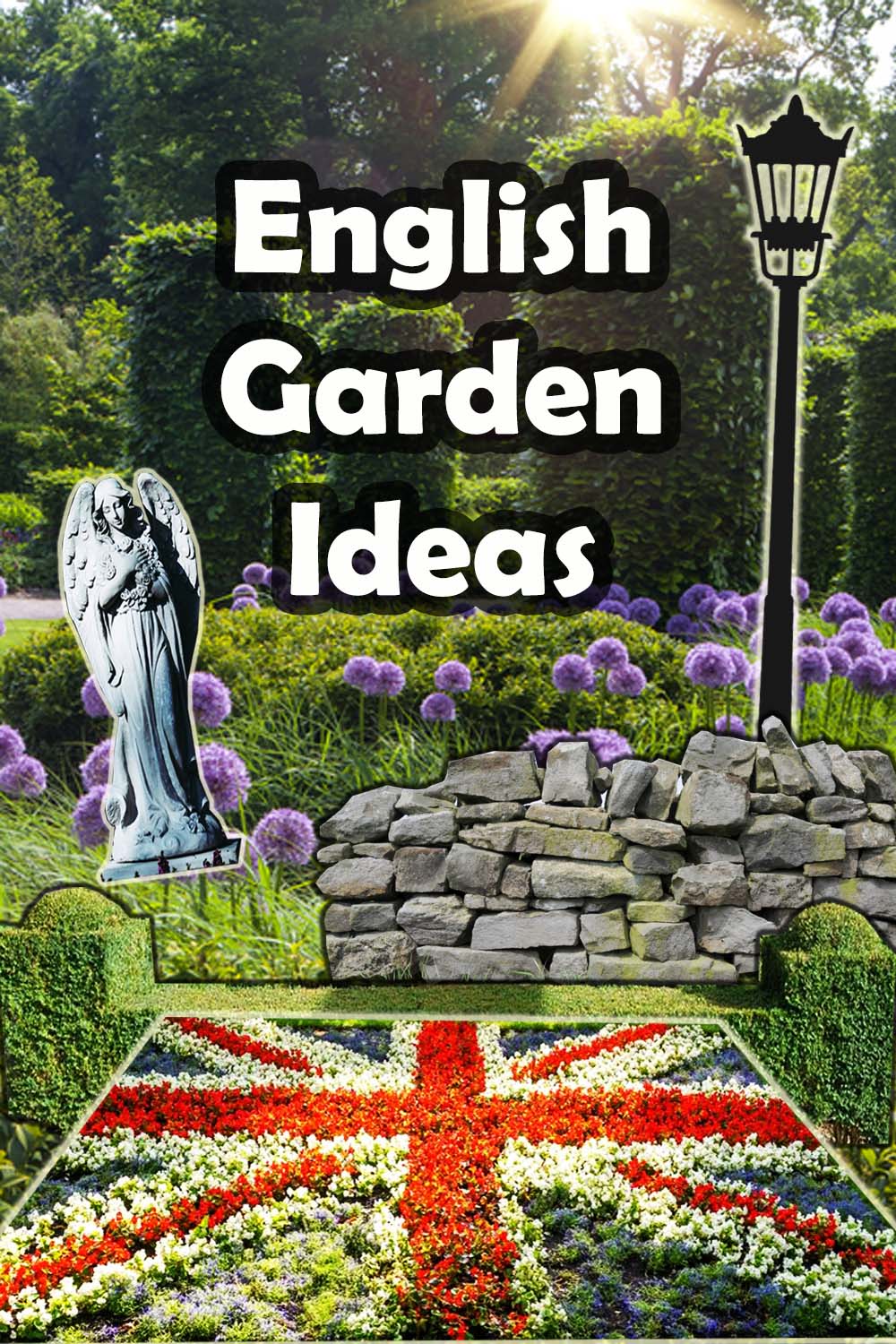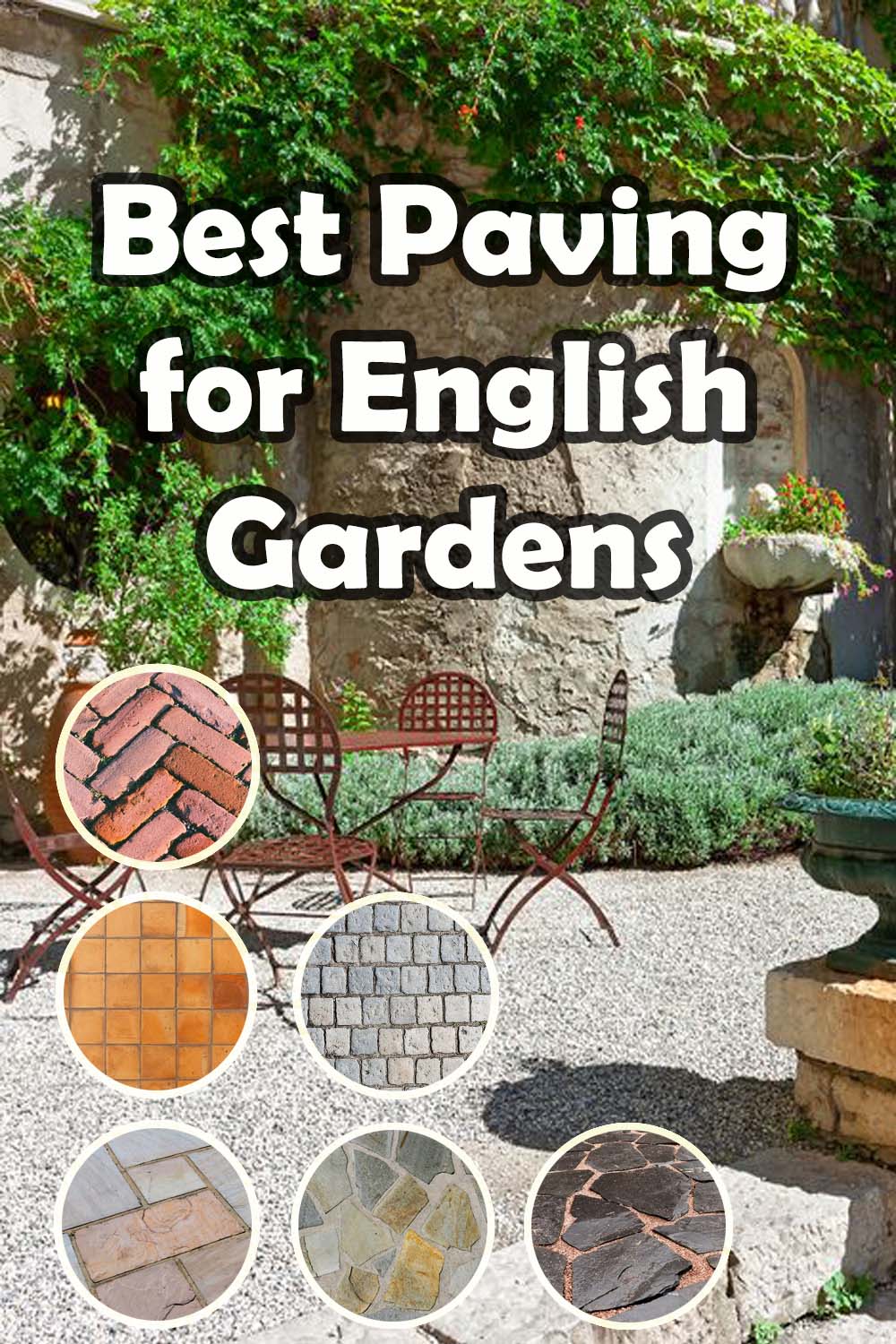|
This article contains affiliate links
English gardens have become one of the most idealised and romantic garden styles. Their notion conjures up images of rural homes, historical buildings and generous borders.
English garden landscaping has evolved over many centuries with numerous global and historical influences. From the Roman Empire to the Victorians English gardens are a rich tapestry gardening traditions and historical styles. English garden landscaping is a combination of horticultural expertise, skilled tradesman-ship and local materials. In this article I will break down English garden landscaping into its individual elements. I will summarise each element and how they can work within English garden landscape design. English garden design
The classical, English garden style we see today is the result of layering differing themes throughout the ages. Many times during the centuries philosophies around landscape design have evolved and changed. This has led to a combination of styles and design philosophies being applied. The two main contradictions within English gardens are the use of both formal and informal elements. Historically English philosophy has battled between taming nature and celebrating more naturalistic landscapes. This can be seen at both small and larger scales. Consequently English garden landscaping is full of bold contrasts and exciting textures. Structure
The structure of English garden landscaping is often defined by bold symmetrical elements dissected by more naturalistic shapes. Bold geometric lines are a typical feature and a remnant influence from the classical era. Meanwhile circulation routes can be less formal, meandering through woodland glades and naturalistic meadows. An English gardens structure is typically defined by its layout, edgings, pathways, borders, hedges, walls, architectural elements and focal points. All of which are fundamental elements which make up English garden landscaping. Edging
Edging has a crucial role within English garden landscaping retaining edges and defining borders. As English gardens are a very adaptable garden theme there is no one material best suited for English garden edging. Many materials and products work well including brick, natural stone, sets, timber and metal edging. Why not visitour article guide on garden edging here. Paths
Pathways have always been a crucial element of English garden structure and landscaping. One of the main purposes of pathways is circulation which is how a visitor moves through the space. English gardens are well known for creating a series of journeys and experiences. Paths are normally either paved of gravelled; why not visit our English garden path guide here. Paving
Paving is one of the most premium surfaces within English gardens. Historically only the largest and wealthiest households could afford the luxury of natural stone. Sandstone paving of varying sizes has often been the most popular paving of choice for English gardens. Why not visit our full article on the best paving materials and types for English gardens here. Gravel
Gravel has long been an effective surfacing material within English gardens for a range of applications. Gravel is often spread to pathways, patios and even used as mulch to some borders. England is naturally blessed with extensive, coastal gravel deposits perfect for landscaping. One of the most popular is pea gravel which has a pleasant light colour and speckled visual texture. Decking
Decking is not a traditional element within English gardens but often features within contemporary designs. Historically however, simple deck bridges and timber walkways would travel over wetlands and watercourses. As England experiences low light in winter and high rainfall decks can become slippery. However for modern and urban English gardens decks are very effective. Raised beds
Raised beds have been implemented into English gardens for centuries. These raised growing areas can be built with numerous materials and positioned to enhance a landscapes design structure. The increased growing volume allows for ample amounts of soil drainage and fertility. This is perfect for growing generous planting displays or kitchen garden schemes. Why not visitour guide to English garden raised beds here. Pergolas
Pergolas can provide both functional and aesthetic contributions to English gardens. Firstly Pergolas can add some vertical interest to pathways, focal points and seating areas. In English gardens they are traditionally covered with climbing plants with scented flowers. Typically built out of timber these structures provide defined spaces with architectural interest to landscapes. Screening
As with many gardens there is always a benefit to having some screening. Screening can help to create privacy and also guide the eye towards specific locations or focal points. Living screening such as hedges can become effective wind breaks and acoustic barriers. In English gardens screens can be created out of natural weaved materials such as hazel or willow. Planting
Planting is a crucial part of any English gardens design and landscaping strategy. Not only can planting be a dazzling display of colourful blooms it can many other functions. Planting can frame focal points, provide screening and enhance the structure of a garden design. English garden borders and planting are well known for their attractive displays and seasonal colour. Lawns
There are very few English gardens that do not have a lush green lawn. Lawns provide well manicured and multifunctional surfaces perfect for games, sports and recreation. In English garden landscaping they can also act as pathways along borders and planting displays. The fine texture of their mown surface also provides contrast to other elements such as flower borders.
Thank you for reading our article on English garden landscaping! Below I will link to some of my other English garden articles which may be of interest.
'As an Amazon Associate I earn from qualifying purchases'
0 Comments
Leave a Reply. |
The Author
|
Landscaping services across Buckinghamshire, Amersham, Aylesbury & High Wycombe
Hyde Heath, Amersham, Buckinghamshire |
|
